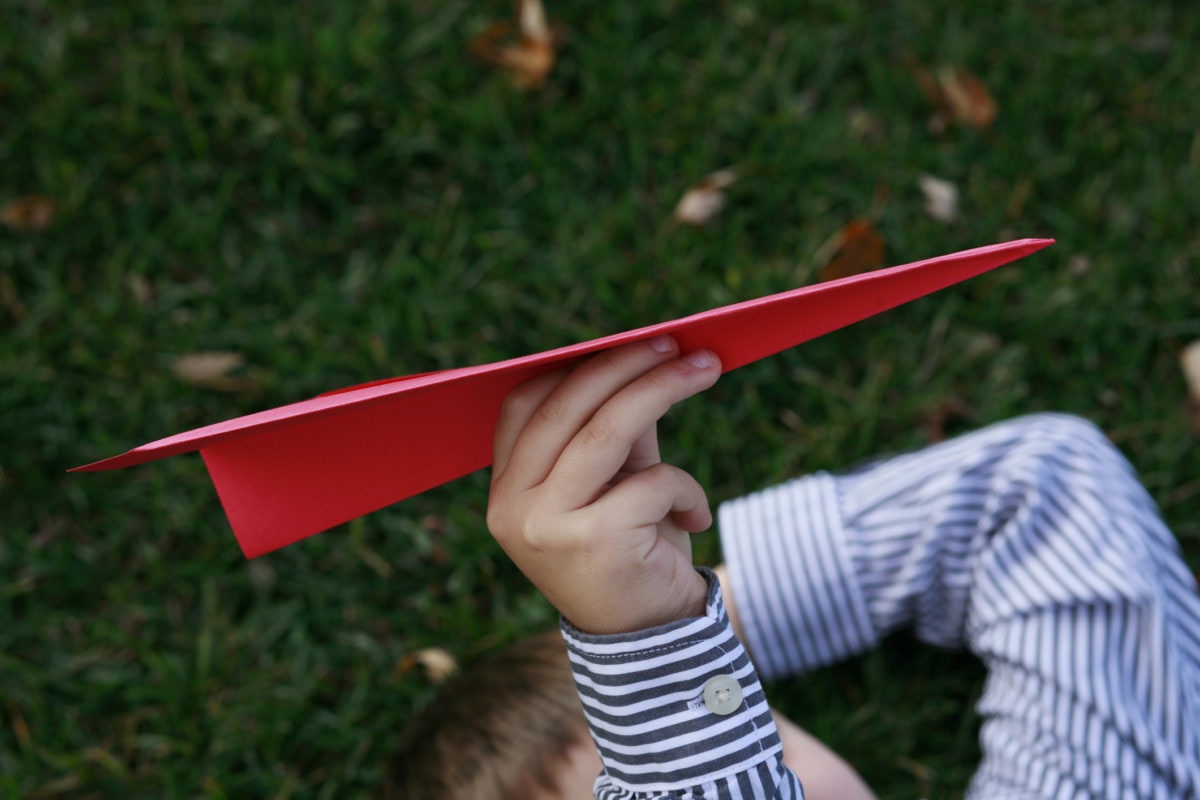Parents eager to hear their children's first words – or fearful that those words aren't coming on schedule – are often reassured by the "50 by two" rule: If your child has about 50 words by his second birthday, his language is developing normally. Parents whose kids have not yet met this milestone may be directed to hearing or speech specialists to rule out any potential problems.
Once parents have tallied the first 50 words, they seem less concerned about how their children's vocabulary grows. But far more interesting than "50 by two" is "3,000 by three."
Test Your Vocab uses a five-minute test to estimate the size of each user's vocabulary. The test works in a similar way to many standardized tests. The first part of the test presents 40 words, selected from a dictionary of 45,000 words, to determine each user's approximate knowledge level. The second part of the test narrows the score more precisely.
Test Your Vocab has collected millions of lexical estimates, including estimates for kids as young as three years old. According to their results, the average three-year-old test taker knows just over 3,000 words. The average four-year-old test taker knows more than 4,000 words. The average eight-year-old test taker knows more than 11,000 words. The average 40-year-old, by contrast, knows approximately 30,000 words.
Test Your Vocab is careful to point out that these estimates are not based on the population as a whole, but rather the population of English speakers who take vocabulary tests online...and encourage their children to take vocabulary tests online.
The average SAT verbal score reported by Test Your Vocab users is 700, so it's reasonable to assume that the populations included in this data set have above-average vocabularies to begin with. There's also a fairly wide margin of error (10 percent in either direction), so a child who scored 5,000 could have a vocabulary of either 4,500 or 5,500.
Even with that wide margin of error, Test Your Vocab's data should help parents think differently about their children's language learning.
1 | Kids get it right most of the time
Parenting message boards are full of parents asserting that their beautiful little geniuses have said "mama" at six months. What's more likely is that parents are laser-focused on hearing a child's first word, leading them to hear words in their babies' babbling that, while matching in sound, do not yet match in consistency and intent.
Later, when parents are worried about their children's errors, they employ the same kind of selective hearing. We notice "feets," but not the other 2,999 other words many three-year-olds use correctly.
If Test Your Vocab's estimates are reasonably close to children's actual vocabularies, some kids know between one half and one-third of their lifetime vocabularies by the time they're eight years old. Think about how many words your young child regularly gets wrong. If you tally the incorrect words, you'll likely note they represent an extremely small portion of your child's vocabulary.
2 | Kids don't need correction
When we talk about correcting young children's language, we're thinking about correcting their vocabulary. But most of the most memorable kid errors aren't errors of vocabulary. They are errors of overgeneralization.
When your child exclaims there are "deers" outside the window, she isn't making a vocabulary error. After all, she's correctly used the word "deer." Your child doesn't need correction, because her error indicates that she is learning exactly what she's supposed to: that adding -s to a noun makes it plural.
Plural errors require a sizable vocabulary, because a child can't make the error without already having learned the general pattern for forming plurals. She's making an overgeneralization error based on what she's already observed about English.
There are other categories of error as well, such as overextension (calling all four-legged animals "doggies") and underextension (failing to recognize that a toy train and a working locomotive are both trains). Each type of error is evidence of the incredible language learning going on inside children's brains.
While we're busy focusing on errors like "Mama taked a shower," which are the overapplication of a rule, we may not notice that in making these kinds of utterances, our children are already exhibiting high levels of grammatical knowledge. "Mama taked a shower" may feature a cute verb error, but it also features the subject-verb-object order common in the English language. Kids understand syntax far sooner than we give them credit.
3 | Parents should keep talking
There's little evidence to suggest that correcting a child's language will grow their vocabularies or improve their grammar. But there is strong evidence that children's vocabulary will grow the more they are talked to.
Researchers studying the "language gap" between families at different income levels have found that three-year-olds in socioeconomically advantaged households have heard as many as 30 million more words than three-year-olds in lower income households. All of that extra speech helps children learn the rules for language that let them make adorable errors like "mouses" and "tooths."
4 | Reading matters
At the youngest ages, kids' vocabularies stem from adult speech. But once kids are able to read, there's a significant difference in the vocabularies of children who read and children who don't read.
Test Your Vocab grouped its test results according to self-reported reading rates. For children aged four to 15, reading "lots" lead to a vocabulary growth rate of 4.1 words per day. Reading "somewhat" yielded 2.6 words per day, while reading "not much" added 1.4 words per day.
The cumulative effects of these different reading rates have a huge impact. By age 15, those who read "lots" had 5,000-6,000 more words than their peers who read "somewhat," and 10,000-12,000 more words than those who read "not much." Because vocabulary learning slows dramatically at later ages, this vocabulary gap can last a lifetime.



